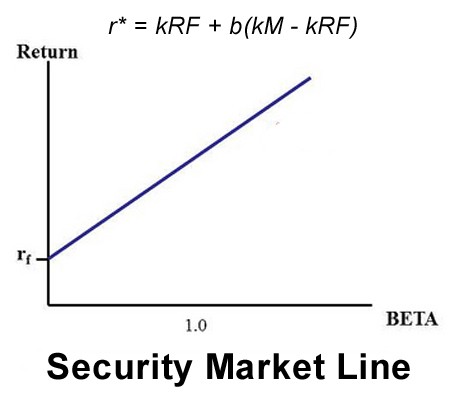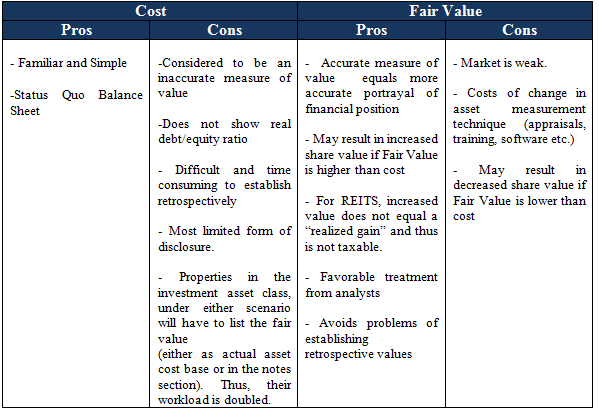What Is Equity Financing Definition Pros Cons Examples
Post on: 25 Апрель, 2015 No Comment

Equity financing is as necessary to a business as air is to a person, but because it comes in several forms, it can easily be misunderstood. This article explains the various types of equity financing and explores their advantages and disadvantages for both companies and investors.
What is Equity?
If you own your home, you already have a concept of equity. Your home has a certain value, you owe a certain amount on it, and the difference is your equity: that is, the portion of your home’s value that belongs to you. Every payment you make adds to your equity, as does every increase in the market value of your home.
Equity in business is similar to the concept of equity that comes from home ownership: it is the portion of the company’s assets that belongs to the owners or stockholders. It differs somewhat from home equity because business assets generally are not revalued periodically, so increases in market value do not add to equity. However, the results of the company’s operations do have an effect on equity.
The simplest form of business organization is the sole proprietorship, where one person owns a business that is not a separate legal entity from its owner. To start a sole proprietorship, you need only to obtain any necessary business licenses and invest enough money to purchase the assets you need to operate the business and have some cash to meet expenses. Let’s look at an example that shows how a sole proprietorship’s equity can increase and decrease. This will help you understand how equity financing works in corporations.
For example, let’s say that Stephanie Logan decides to become a flea market dealer, selling items that she crafts at home. In most states, her need for business licenses for this activity is limited, and the costs of these licenses (often just a sales tax number) are negligible. She does, however, need the materials and equipment to produce her craft items, she may need to own a table and chairs for use at the flea market, and she will need some money to pay rent on her booth at the flea market and to make change. We’ll assume that her initial investment is $1,000. This is all her money, so she also has $1,000 of equity in her business.
After spending several weeks crafting enough items to feel that she is ready to sell at a local flea market, she rents a booth for the weekend at a cost of $40. Over the weekend, she sells $300 worth of crafts that cost her $200 to make. She earns a profit of ($300 — $200 — $40) $60. If she leaves this money in the business, her equity is increased to $1,060.
At the end of three months, Stephanie starts keeping some of her profits for herself. We’ll say that by this time her equity in her business has grown to $2,000 and her weekly profits have grown to $100, of which she decides to withdraw half ($50 per week) for her own use. Even though she is earning $100 per week, her equity is only growing by $50 per week because the other $50 is being taken out of the business for her personal use.
Now the flea market has five very bad weeks when Stephanie sells nothing, but still has to pay her $40 weekly booth rental. This results in a ($40 x 5) $200 loss to Stephanie’s business, which decreases her equity by the same $200.
So, in short, equity is increased by (1) investments (the original $1,000) and (2) profits. and is decreased by (1) withdrawals and (2) losses. The same is true for corporations, but the terms used are different. Corporations also use more than one form of equity financing, as we’re about to see.
The Basics of Equity Financing
Equity financing refers to raising funds for business use by trading complete or partial ownership of the company’s equity for money or other assets. In financing corporations, this is most commonly done by selling either common stock, preferred stock, or some combination of these. Where a proprietorship may be funded entirely by its owner or with money that the owner receives from family, friends, or venture capitalists, corporations will be funded by stockholders who may include individuals, venture capitalists, or institutional investors.
Common Stock
Stephanie Logan’s investment in her flea market business represented something more than ownership. Since Stephanie was both owner and manager, she had influence over how her business was operated. She could have hired someone to make the crafts and someone else to sell them and, because it was her business, she would still be able to exercise complete influence over her employee’s actions with regard to her business.
Common stock is the corporate equivalent of Stephanie’s equity in her business. However, since there may be many stockholders, any one stockholder’s influence is decided on the basis of one share of stock = one vote in corporate affairs. As we said before, the same things increase and decrease common stock equity, but in some cases they have different names. Investment and profits still add, and withdrawals and losses still subtract, but now what we were calling withdrawals are called dividends. and we combine profits, losses, and dividends into retained earnings.
Before computers were used to keep such records in real time, stock certificates like the one above were issued to common stockholders. The certificate shows the issuing company (in this case the Baltimore and Ohio Railroad), the name of the owner (Goldsmith, Wolf and Company) and the number of shares owned (ten). While some companies still issue stock certificates, they are becoming increasingly rare in our electronic age.
As a common stockholder, the vote that comes with each share of stock you own gives you some voice in the way the company is operated. You can place your votes yourself or assign them to someone else through a proxy. Many common stockholders assign proxies to their broker or to larger (often institutional) stockholders who they deem trustworthy. Some examples of institutional stockholders are mutual funds, insurance companies, and pension funds.

For the company, more equity financing generally means the ability to also borrow more money at a relatively low interest rate. However, common equity is generally the most costly way to finance a business since all profits (other than those promised to preferred stockholders) belong to the common stockholders. For the investor, the generally higher returns and having a voice in corporate governance are advantages, but these advantages come with the risk that, should the company go bankrupt, common stockholders are the last in line to receive any compensation and often lose most or all of their investment.
Preferred Stock
Preferred stock is legally a form of equity financing, but in some ways it more resembles a form of debt. Preferred shareholders have no vote in corporate governance, but in exchange they are promised a predetermined return on their investment.
The above preferred stock certificate is for the Boston and Maine Railroad. Like the common stock certificate we saw before, it names the issuing company (Boston and Maine Railroad), the owner (H. Hentz and Company), and the number of shares owned (fifty). In addition, it states that those shares have a $100 par value and can expect a 5% ($100 x .05 = $5) per share dividend each year.
At the time this stock was issued, there was probably only one type of preferred stock, so it was unnecessary to specify if it was cumulative or non-cumulative. The difference between these two classes is what happens if the company is unable to pay the promised dividend. If the preferred stock is cumulative. the company will be required to pay all unpaid preferred dividends before they pay any dividends to common stockholders. If the preferred stock is non-cumulative. the company does not have to make up unpaid preferred dividends as long as no dividends were paid on common stock during the same time. Preferred stock dividends must still be paid in any one period before any common stock dividends may be paid.
Companies like preferred stock because it generally has a lower cost than common stock, but since it is considered equity, it never needs to be repaid (unlike debt of any kind). However, companies often prefer using debt financing to preferred stock since interest on debt is tax deductible but dividends on preferred stock (like dividends on common stock) are not. Common stockholders like the fact that preferred stockholders do not have a vote in corporate affairs, so their influence is not diminished. Preferred stockholders appreciate the known dividends and somewhat better position with regard to compensation in case of bankruptcy that they receive in exchange for not having voting rights. Preferred stock in public utilities and certain very well established companies are a favorite investment of retirees because of the dependable income they provide.
Hybrids
In their never ending search for ways to make corporate financing more advantageous for the corporation, financial managers have created hybrids of virtually every kind of financing that previously existed. Three of the most common hybrids in equity financing are non-voting common stock, preferred stock that is convertible to common stock, and preferred stock that is convertible to bonds.














